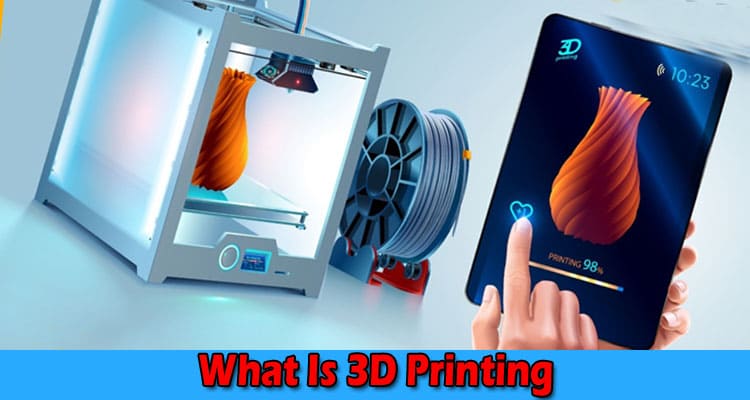3D printing is an innovative technology to produce three-dimensional objects based on a design. It is a technique currently widespread and used in several sectors such as industry, health, architecture and art. Unlike the usual design techniques, 3D printing offers several prerogatives. Discover the concept of this new manufacturing process, how it works and other additional information.
Table of Contents
What is the definition of 3D printing?
3D printing is a technology that has grown rapidly in recent years, and offers many opportunities in many areas. The 3d printing service allows the rapid creation of prototypes at a lower cost, which is very useful in the industry to test new products before they are put on the market.
It is also useful in medicine, notably in the realization of dentures, thin products and adaptable implants.
Still called ”additive manufacturing method”, 3D printing was developed in 1986 by Charles Hull, after the failure of his colleagues in the realization of the project to create a stereolithography.
Today, thanks to this innovation, it is possible to bypass the computer-aided design (CAD) stage of a project. You can use it to create personal projects such as figurines, jewelry or spare parts.
How does 3D printing work?
3D printing works on the principle of additive manufacturing, which allows the creation of an object by superimposing several successive layers of a material. To do this, a 3D printer is used in which the digital file of the object to be created is inserted, generally in STL (Standard Tessellation Language) format.
This file is then cut into very thin horizontal slices, called “slices” or “layers” in the printer before being printed. Depending on the type of 3D printer used, the slicing of the layers can be done in various ways.
Some 3D printers, for example, use a plastic filament that is heated and then extruded through a nozzle. Others, however, use a photosensitive resin that is hardened by a laser. Once the layers of the object are cut out according to the contours on the file, and deposited, the object is easily printed.
It can then be removed from the 3D printer, and possibly post-processed (e.g., to remove the print media) according to the needs of the company or the customer.
What are the advantages of 3D printing?
3D printing has many advantages, which make it a promising technology commonly used in different fields of activity. Firstly, from a technical point of view, it offers considerable design flexibility.
Indeed, unlike traditional manufacturing techniques (plastic injection and machining), 3D printing allows for design rectification, even during the printing process.
This flexibility of manufacture and modification favors the optimization of the production process, as well as the speed and efficiency of the production capacity. In addition to this first highlighted advantage, 3D printing likewise offers other significant benefits that include:
- Prioritization of ecology;
- Reduction of the price of molds;
- Speed of manufacture of objects adapted to specific needs;
- Freedom to create objects with complex shapes and dimensions;
- Possibility of repairing damaged parts considered obsolete;
- Possibility of creating personalized, unique and original objects, adapted to the user’s needs.
These advantages that 3D printing offers make it the current leader in the manufacturing market, although it is not perfect and has some disadvantages.
Are there any drawbacks to 3D printing?
Like previous manufacturing techniques, the 3D printing modeling technique is not without its drawbacks. Even though these are insignificant compared to the advantages it offers, it is important to note them.
The most obnoxious disadvantage is the limitation in size and resolution of the materials used in production. Indeed, the maximum raw size supported in 3D printing is 400/250 mm in XY resolution.


